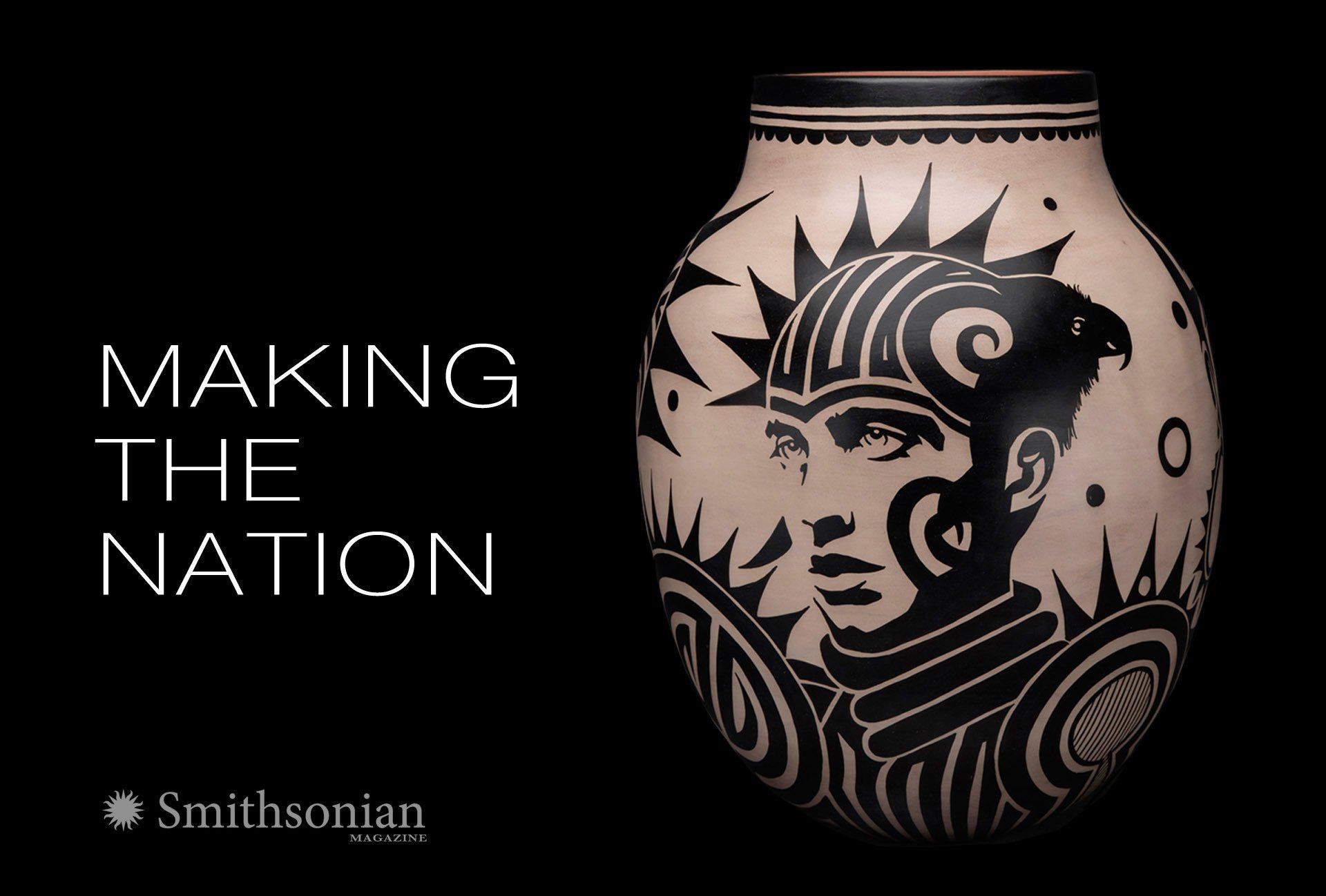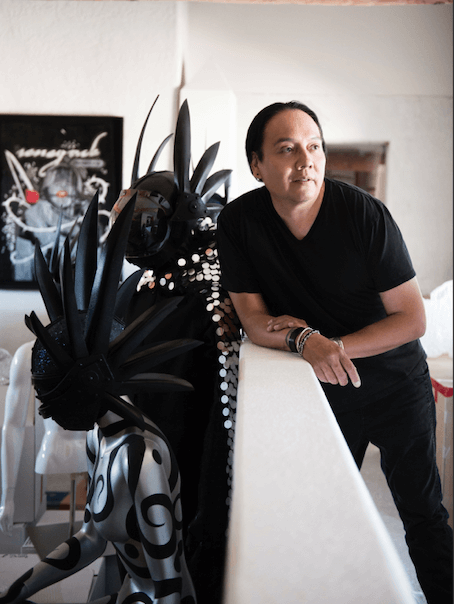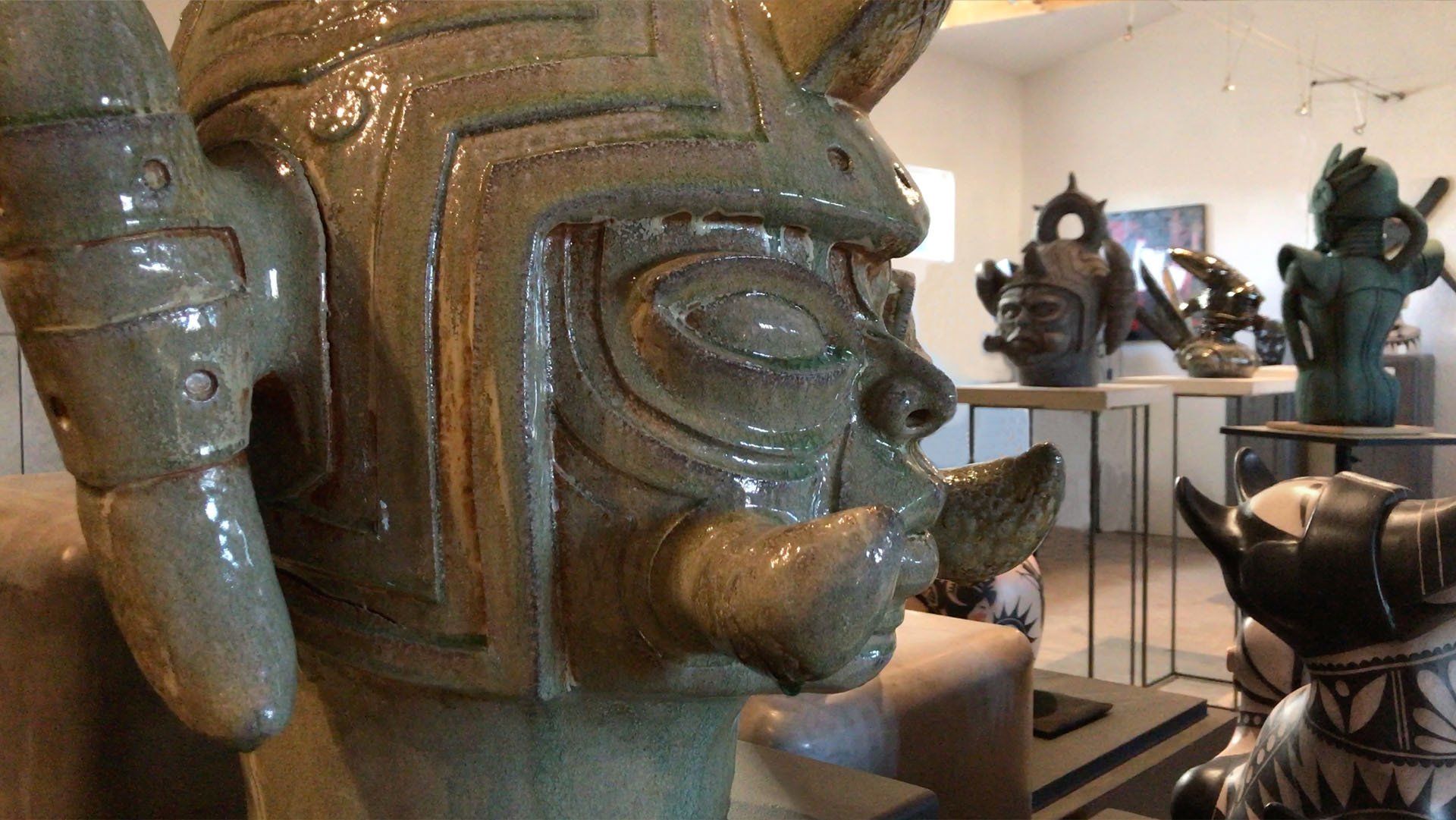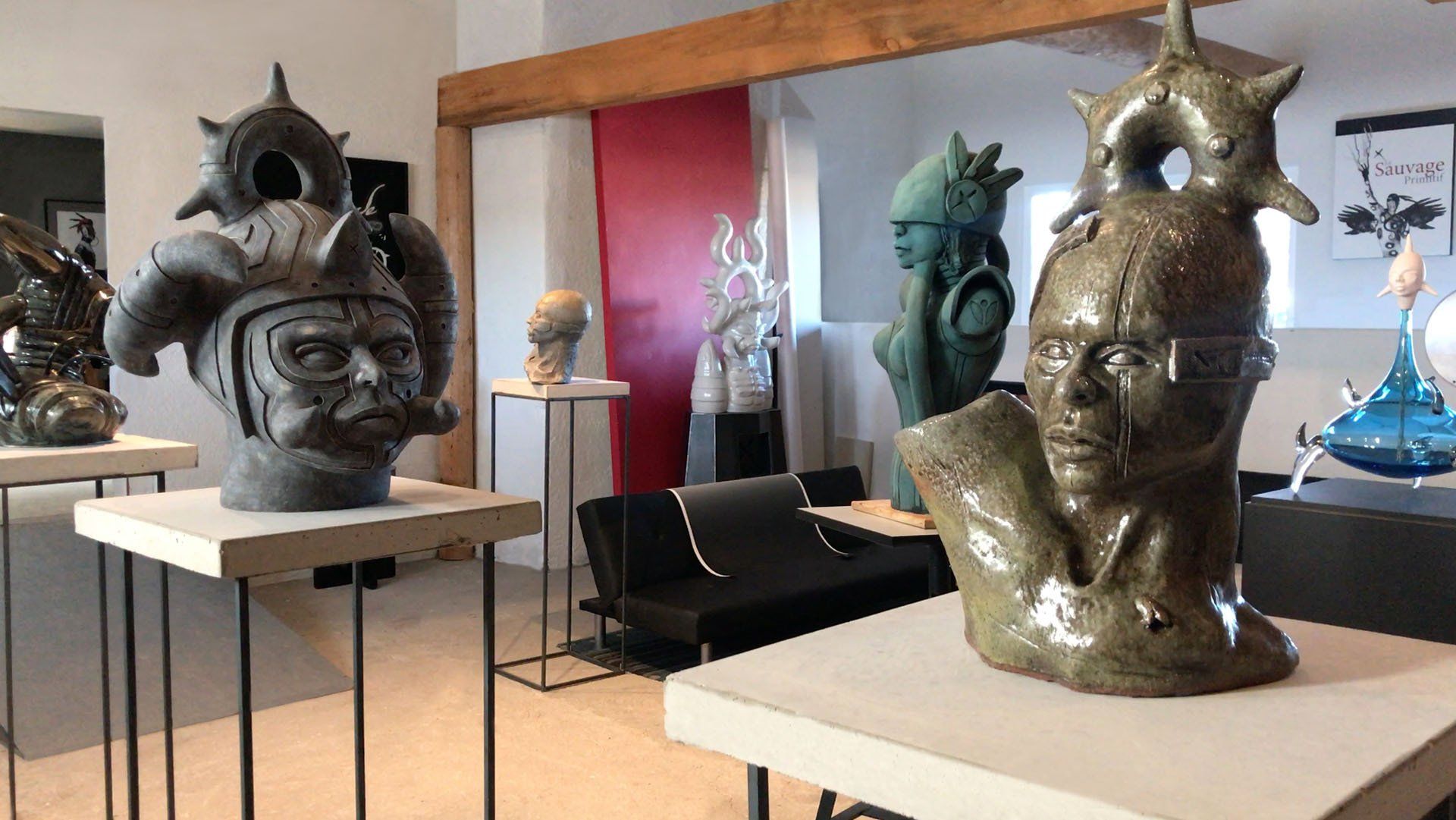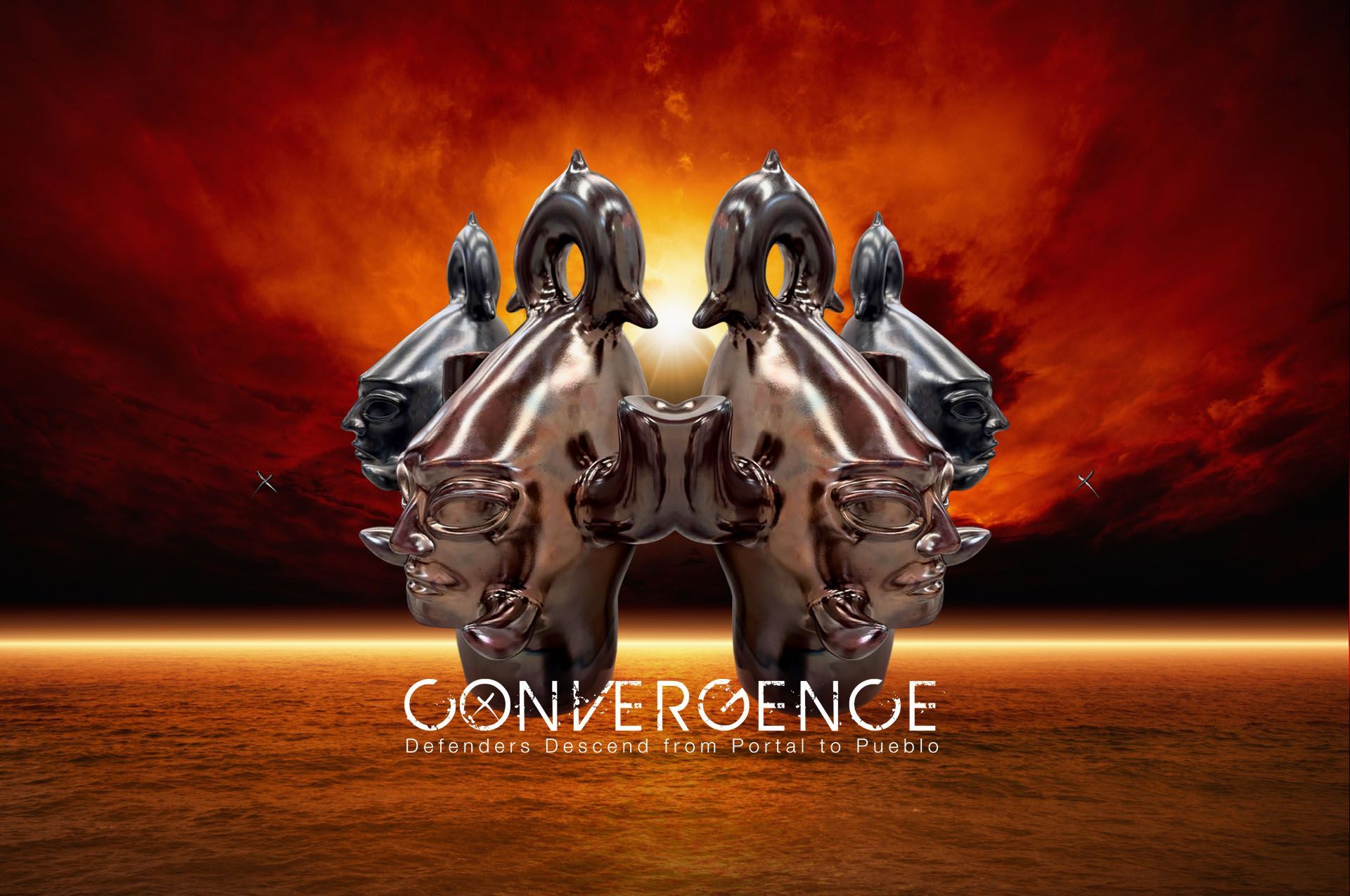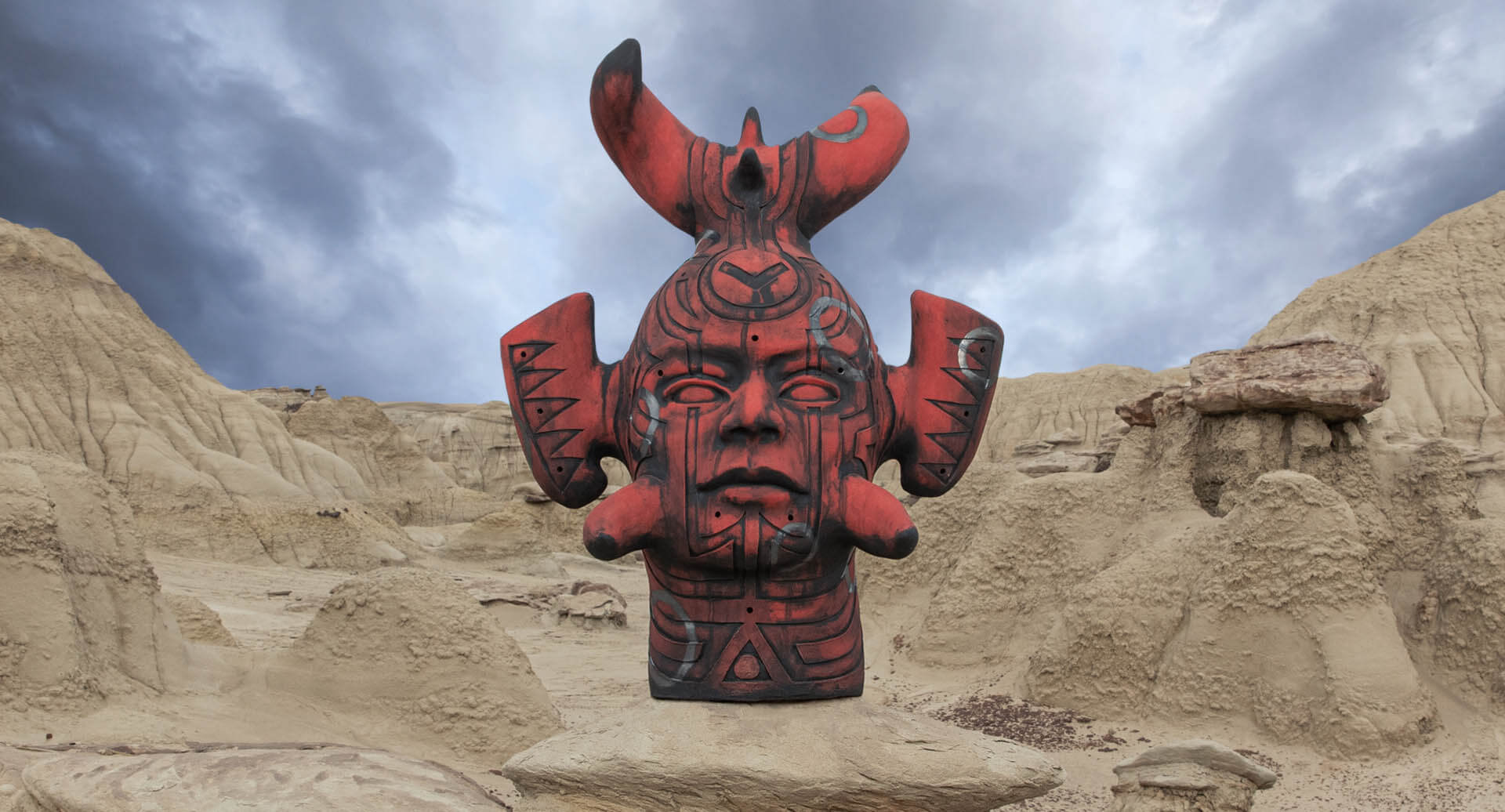
It has never been easy to be an artisan in America. That was true when the United States was a new nation, and it is true today. In some ways, the challenges have not even changed that much. Yes, we seem to live our lives on permanent fast forward these days, with boundless opportunities for immediate gratification and distraction. Information and resources are more accessible than ever before. What used to be “mysteries of the trade” are now floating out there on YouTube. The most specialized tools and materials can be ordered for next-day delivery. Yet it still takes long years to achieve mastery in a craft. The difficulty of getting wood, leather, clay, fabric, stone or glass to do what you want remains the same. And the business side of earning a livelihood with your hands, day in, day out, is as demanding as ever.
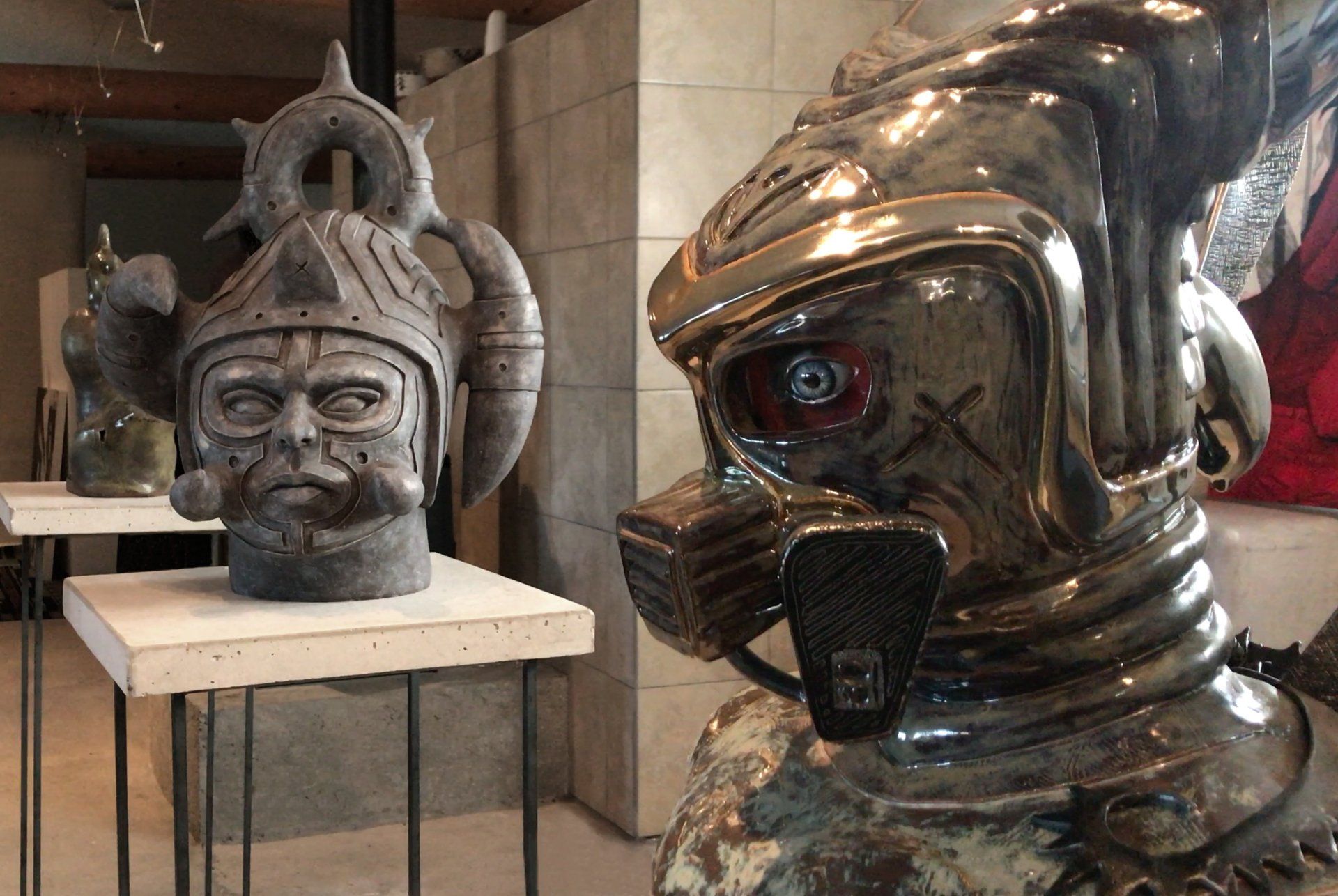 Button
Button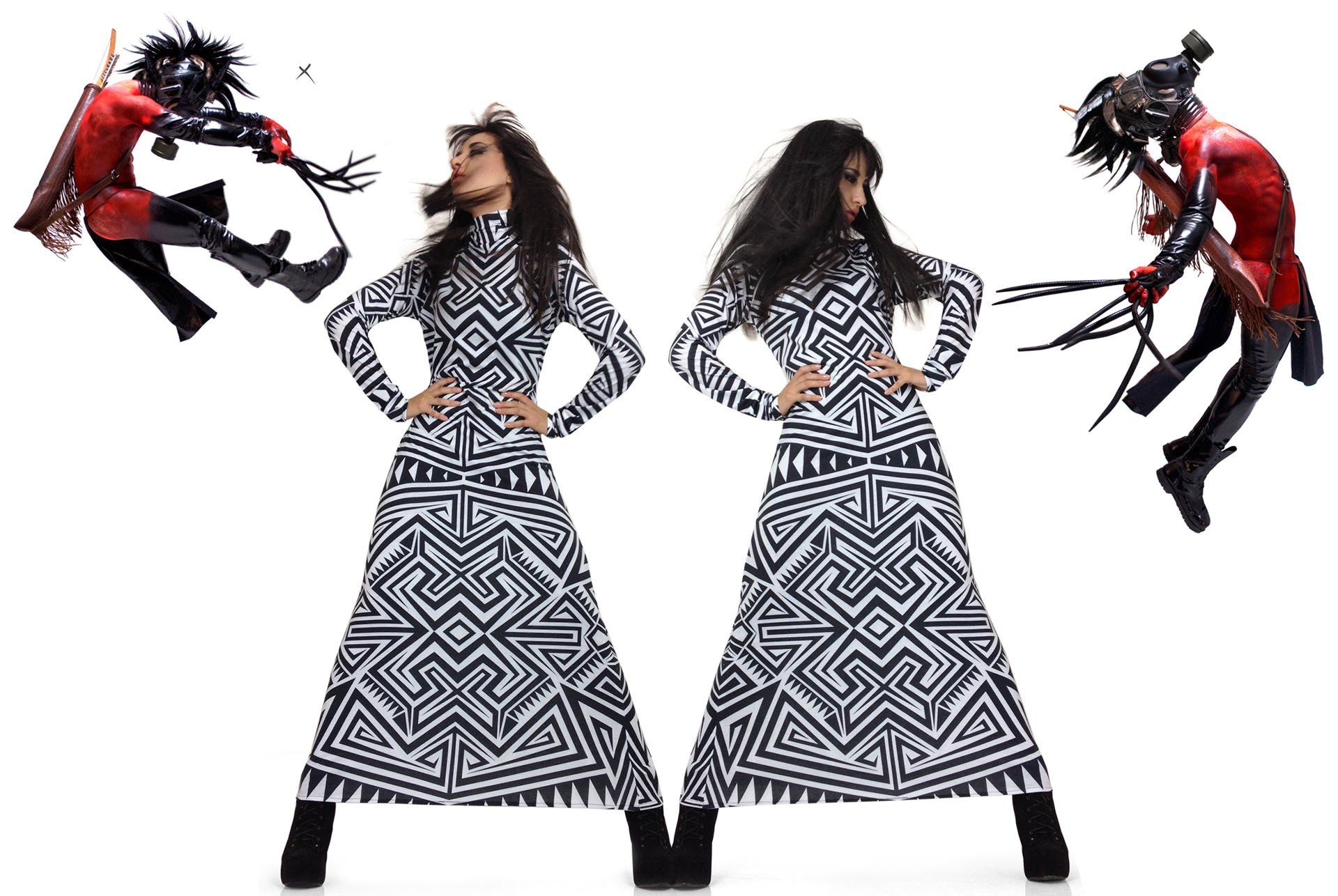
These challenges, which all makers hold in common, can be great equalizers, giving craft the potential to cut across social divides and provide a powerful sense of continuity with the past. This possibility has never seemed more within our reach, for the United States is currently experiencing a craft renaissance, arguably the most momentous in our history. Not even the Arts and Crafts movement, which ended about a century ago, achieved the scale of today’s artisan economy—or anything like its diversity. This is big news, and it is good news. But it’s not necessarily simple.
To better understand this great resurgence of craft, I interviewed contemporary makers about their experiences of learning, setting up shop, developing a name for themselves, working with clientele and finally, passing skills on to others. Having recently completed a book on the history of American craft, I have been fascinated that many stories from the past find continuity with today. All across the country, craftspeople are prevailing over the challenges that invariably come their way, and longstanding traditions are being extended and transformed.
Take, for example, Virgil Ortiz. He began his career as a potter, drawing on the deep cultural well of Cochiti Pueblo, in New Mexico, where he was born and raised. While ceramics remains central for him, he works in other disciplines as well—film, fashion, jewelry and more. He picked up skills one after another, in what he describes as an organic process of development: “If I did not live close to an exhibition venue, I needed slides to present my work. So that led to photography. Then came magazine ads, so I taught myself graphic design. If I wanted a leather coat I had seen in a fashion magazine and could not possibly afford it, I taught myself how to sew. Each medium inspires another—it’s never-ending.”

Contact Us
Success! Thanks so much for joining! We'll periodically send you updates.
Oops, there was an error in signing up. Make sure your email is typed correctly, try again, and contact us if the issue persists.
-
Button
SHOP COLLECTION VI
All Rights Reserved | Virgil Ortiz Creations, LLC | Made in Native America ®

